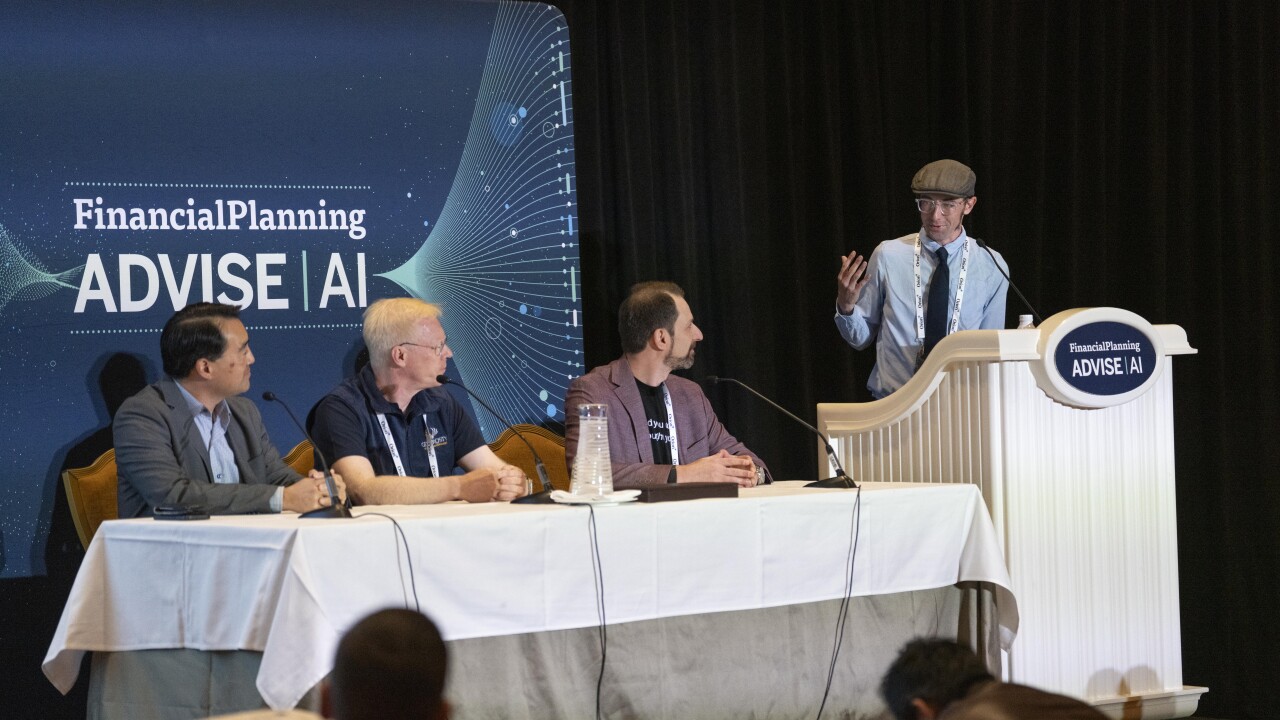As doctors today face ballooning medical school debt, falling incomes and changes brought about by the Affordable Care Act, it is particularly critical that they make prudent financial decisions.
The days when physicians were able to wait until age 50 to get their financial ducks in a row have long passed. Few surgeons want to operate at age 79, or feel forced out on someone else's schedule. Yet often these situations arrive for those who did not implement habits of wealth.
As the son and grandson of general surgeons, the brother of a sports orthopedic surgeon and cousin of multiple physicians, I have felt a draw to help doctors with their finances since starting my practice in 1997. Over these past 18 years it has become clear to me that many doctors, even those with extraordinary levels of intelligence, are relatively ignorant in the areas of investing and financial planning.
After giving a talk to a group of Harvard orthopedic surgery residents a few years ago, and hearing feedback from many physician clients who wish they had been educated about money earlier in their careers, our team launched a financial literacy program for medical residents.
EDUCATING DOCS
The objective of this program is to educate doctors beforethey start receiving large paychecks (the average medical resident earns $55,300 vs. $285,984 for a practicing radiologist, according to Medscape.com and Salary.com) so they can make informed financial decisions as their incomes climb.
The program lays out the typical financial challenges doctors face during their lives, and provides actionable and effective strategies for addressing these obstacles, in a chronological format. The curriculum addresses many topics, such as student loans, purchasing a residence and Roth IRAs, to name just a few.
Student loan debt is a concern for the majority of young physicians. Fifty years ago a four-year private accredited medical school education cost about $15,000. Today the average for tuition and fees is $204,166, according to U.S. News & World Report. And 79% of students graduate with over $100,000 in debt, according to the Association of American Medical College.
Generally, we recommend paying off these loans within 10 years. The one exception is if the doctor plans to work in public service, where remaining student loans will be forgiven after 10 years of repayments.
COMMON QUESTION
A common question posed by residents is: What is a reasonable amount of money to pay for housing once they become an attending physician? While real estate in San Francisco obviously is more expensive than housing in Memphis, typically we advise keeping total residence costs (mortgage, taxes, insurance, maintenance and utilities) below 20% of pre-tax income.
This rule of thumb helps doctors avoid the "keeping up with the Joneses" trap while also keeping post-residency lifestyle creep at bay.
Few things are more remarkable than the growth that can occur when investments have decades to compound without a tax drag. The financial literacy program covers Roth IRAs in detail, including backdoor Roth IRAs to be used when a physician's modified adjusted gross income (MAGI) is too high to qualify for Roth IRA contributions (2015 phase outs begin at $116,000 for those filing single and $183,000 for those married filing jointly). For this method, they can fund a non-deductible traditional IRA and immediately convert it to a Roth.
It is essential for America's doctors to have sound financial strategies in place so they may focus on healing their patients. The goal of our financial literacy program is to educate physicians so they may protect the personal, professional and financial dreams that drew them to a career in medicine.
Evan Welch is a managing partner for Antaeus Wealth Advisors.
Read more:





